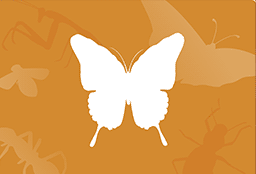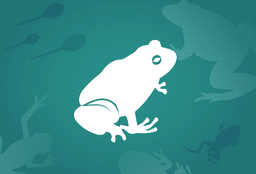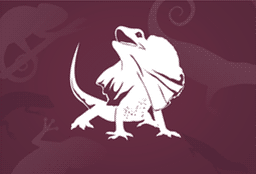Pometia pinnata Native to Vanuatu, the Nandao grows in secondary forest up to 300 m in altitude. There are several varieties, ranging from a small to very large tree, but typically is 12 to 20 m tall with a canopy diameter of 10 to 20 m. They are stout trees with short twisted or fluted trunks to slender, fairly straight, trees. Older trees have prominent buttresses. Parts of the tree are used as traditional medicines. Leaves Leaflets are firmly herbaceous (herb-like) to coriaceous (leathery), asymmetrical to symmetrical, variably shaped from oblong, lanceolate (pointed at both ends) to egg-shaped. The largest leaves average 12 to 30 cm long and 4 to 10 cm wide. The midrib of the leaf is flat above with a narrow keel that is triangular in section. Leaflet margin is about 3 mm deep, dentate (has a serrated edge) or repand (slightly undulating margin) to subentire (only a few indentations). Juvenile leaves are densely covered in brownish hairs and are large, thin, and initially brightly coloured (pink to red) turning green at maturity. Flowers Nandao have highly variable flower clusters, including clusters of terminal, sub-terminal, or rarely axillary loose clusters, conspicuously projecting beyond the foliage, from stiff to hanging long main branches, simple or with secondary branching. Male flowers open first and greatly outnumber female flowers. Flowers are small, have a radial symmetry and are five-parted. The calyx (the part that encloses the petals and protects the buds) is dish shaped to shallow cup-shaped. The flowers have no scent. The flower petals are small and regular and are whitish to yellow-green and highly variable in shape. Fruit The fruit is highly variable in shape, from round to elliptical and sometimes paired. The skin of the fruit is smooth and variously coloured (greenish-yellow, yellow, red, purple, blackish or brown) with a gelatinous, sweet, white to slightly pinkish, translucent pulp that partially encases a single large seed. Numerous traditional varieties are recognised locally mainly on the basis of fruit characteristics (size, shape, colour and taste). Two main forms are found in Vanuatu, one with red fruits and the other with green fruits.








